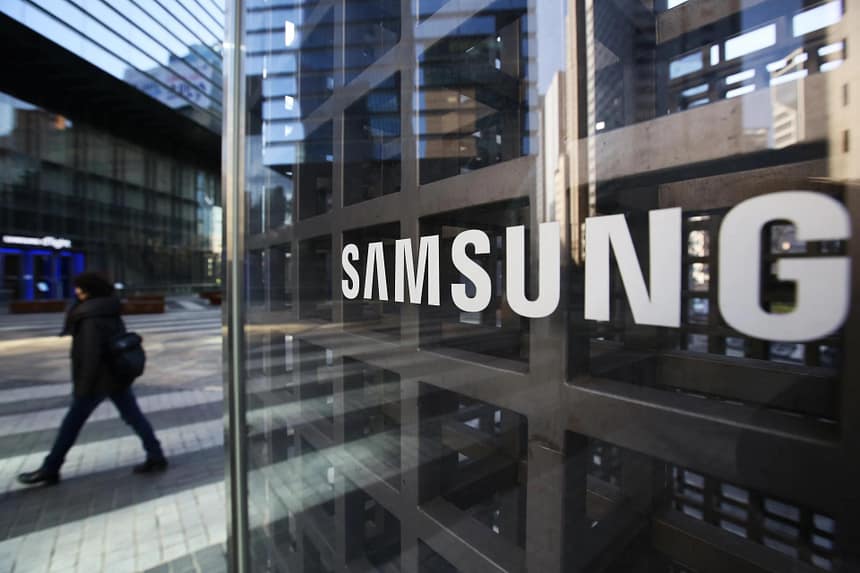The Q1 2025 period saw Samsung post an all-time high in quarterly revenue, with the Korean giant reporting earnings of KRW 79.14 trillion, or $57.36 billion during this period, of which, it generated an operating profit of KRW 6.7 trillion, or $4.89 billion, making the figure 1.2 percent higher than what the company pocketed during the same period last year. Samsung also witnessed increased smartphone sales, primarily from the Galaxy S25 series’ side, contributing immensely to its top line, but those sales are not expected to hold up. There are other concerns that we have highlighted below, so let us dive into the details.
The smartphone division brought in KRW 4.3 trillion, making it the highest in four years, but Samsung is struggling immensely in the semiconductor sector
The Korean technology behemoth will attempt to cement its position in the smartphone space with the launch of the Galaxy S25 Edge, but the arrival of three flagships, coupled with other device launches, saw the company generate approximately $2.99 billion, making it the highest in four years with a 23 percent increase. However, other business divisions have seen better days, with Reuters reporting that Samsung’s semiconductor profit was down by a whopping 42 percent, with analysts commenting that the firm’s stockpiling of chips and handsets prior to Trump’s tariffs helped boost the latest earnings.
Samsung’s memory business has been negatively impacted by a decline in the average selling price, as well as a dip in HBM chip sales, losing to local competitors like SK hynix. The U.S. export controls also adversely affected the company’s business on this end. As for Research & Development spending, expenditures rose 16 percent to KRW 9 trillion, or $6.3 billion, with Samsung’s display business generating KRW 1.1 trillion, or $770.3 million in operating profit. The foundry arm is also struggling, but there is a possibility that we could see a rebound.
For instance, Samsung has been reported to have hit yields of 30 percent during the 2nm trial production run of the Exynos 2600, meaning that it can potentially increase that number towards the end of the year. A rumor is also doing the rounds that Samsung is in talks with Qualcomm to mass produce the Snapdragon 8 Elite Gen 2 on its 2nm node, though nothing has been finalized at this time. For the second half of 2025, Samsung will be focused on expanding TV sales, along with the heavy integration of AI, and a strategic collaboration with distributors.
News Source: Samsung






